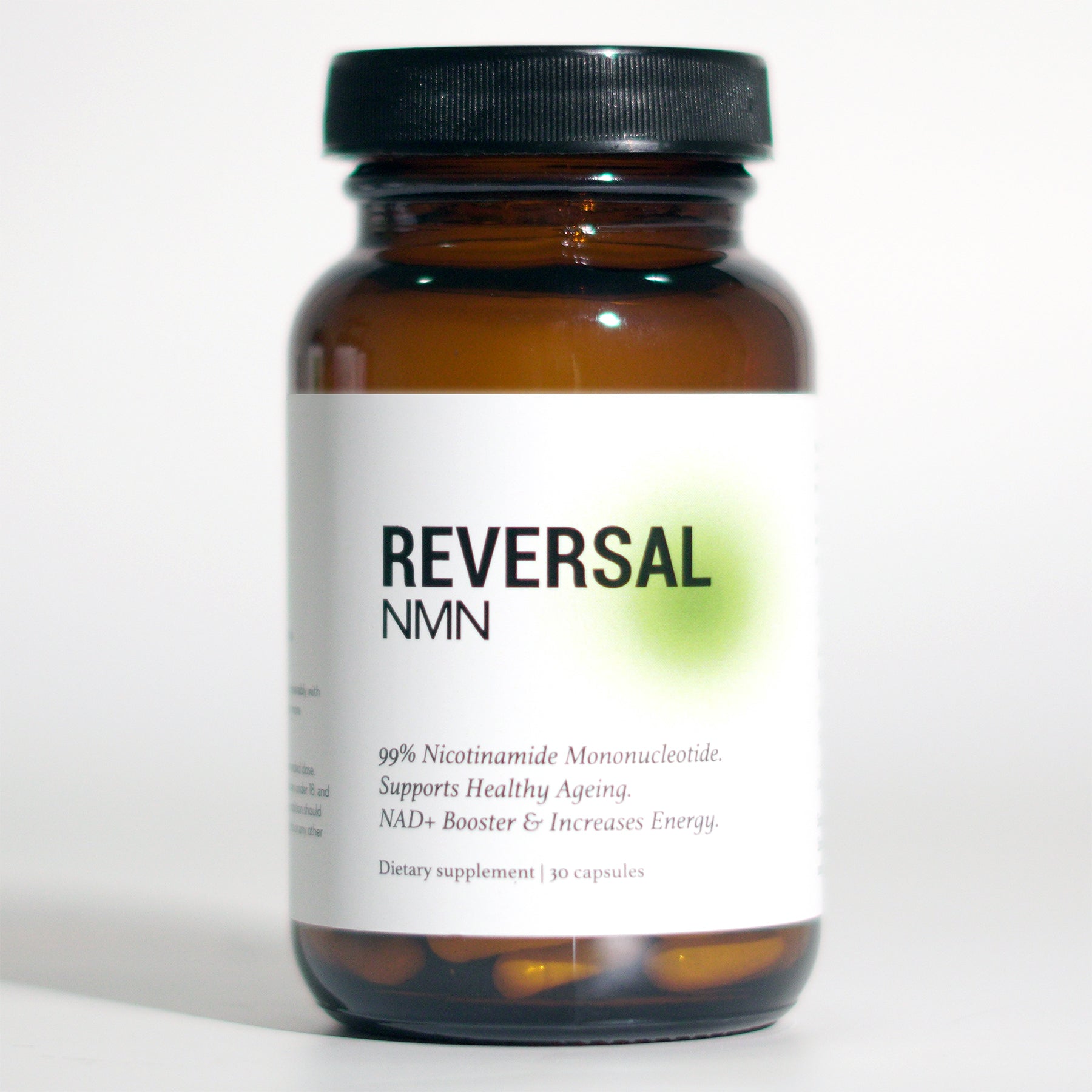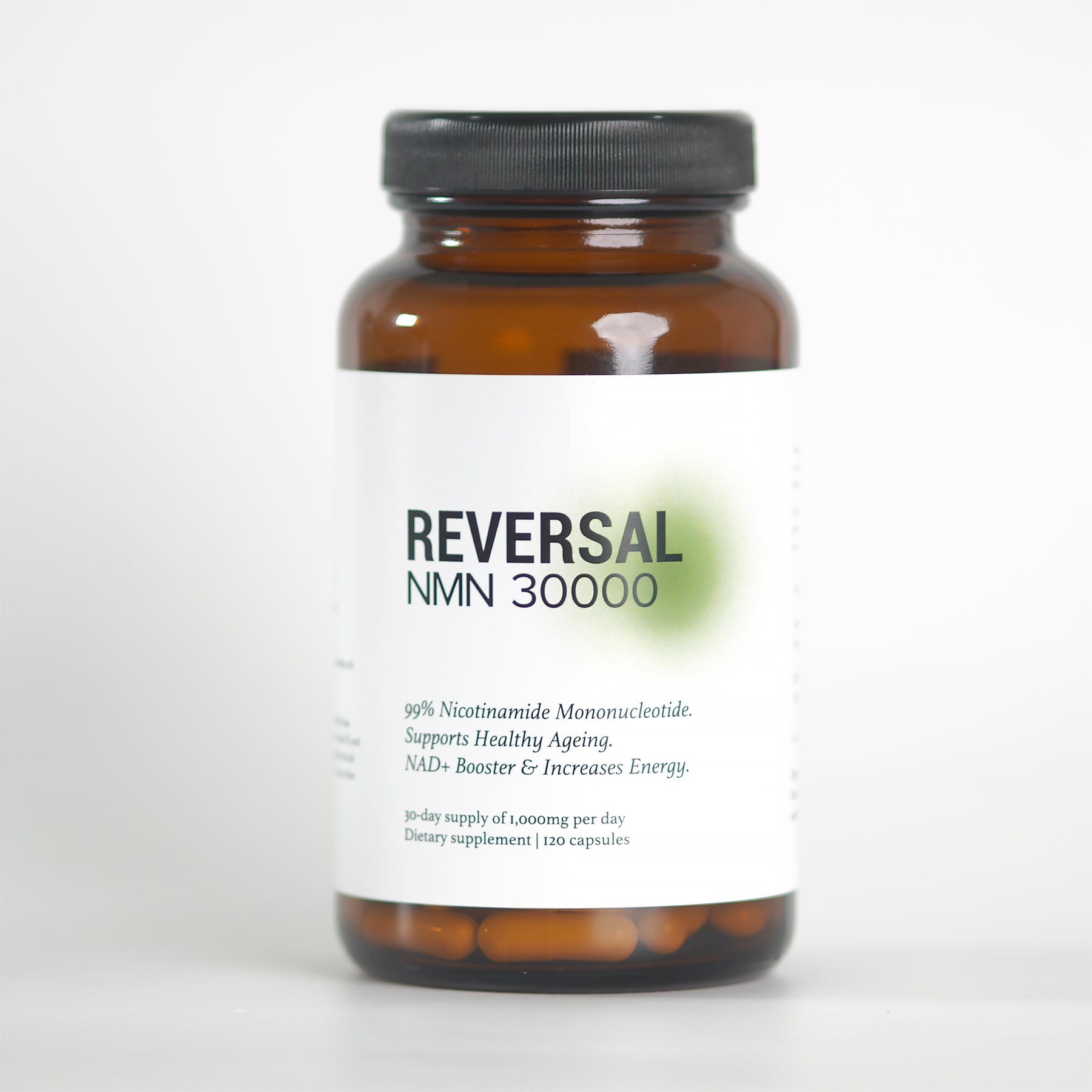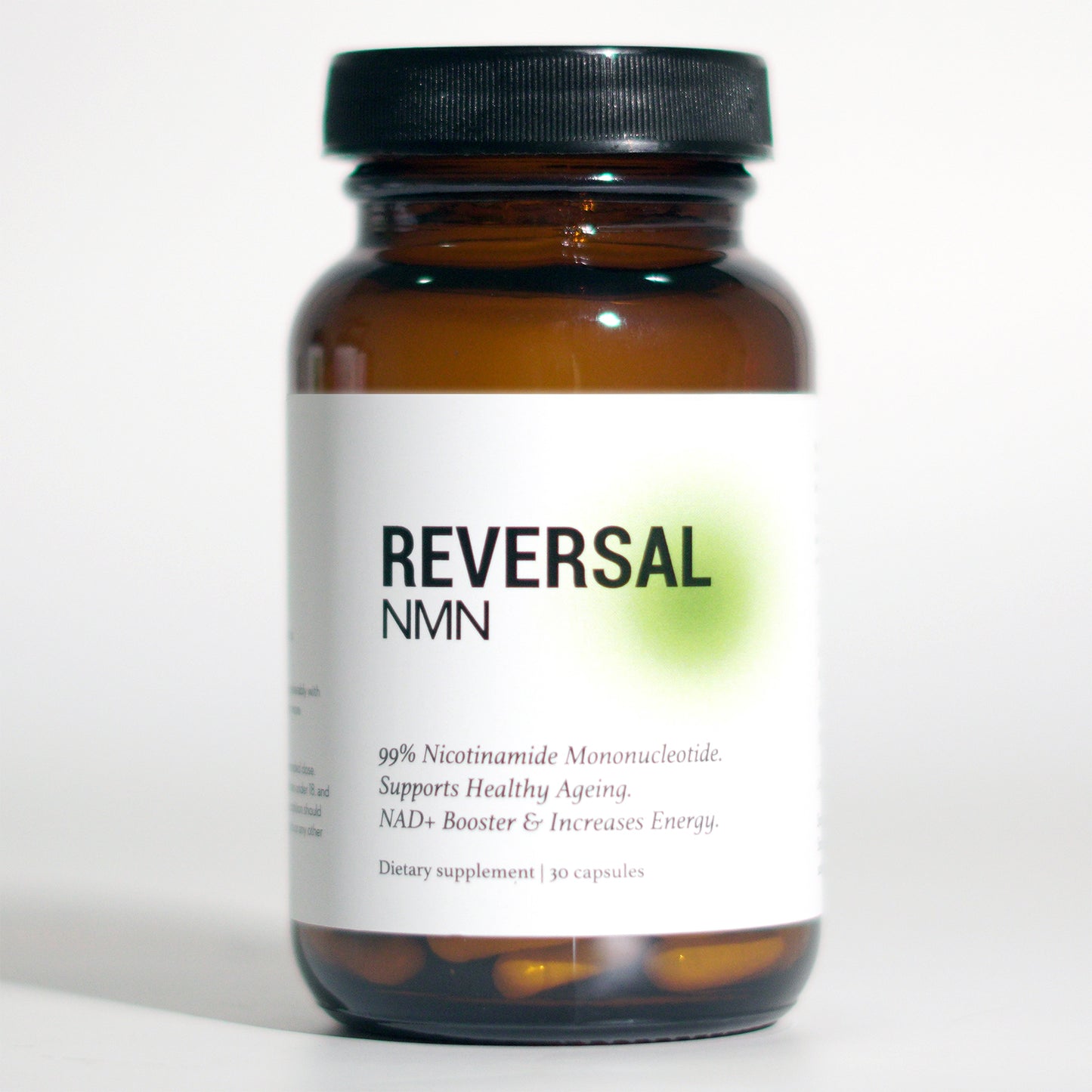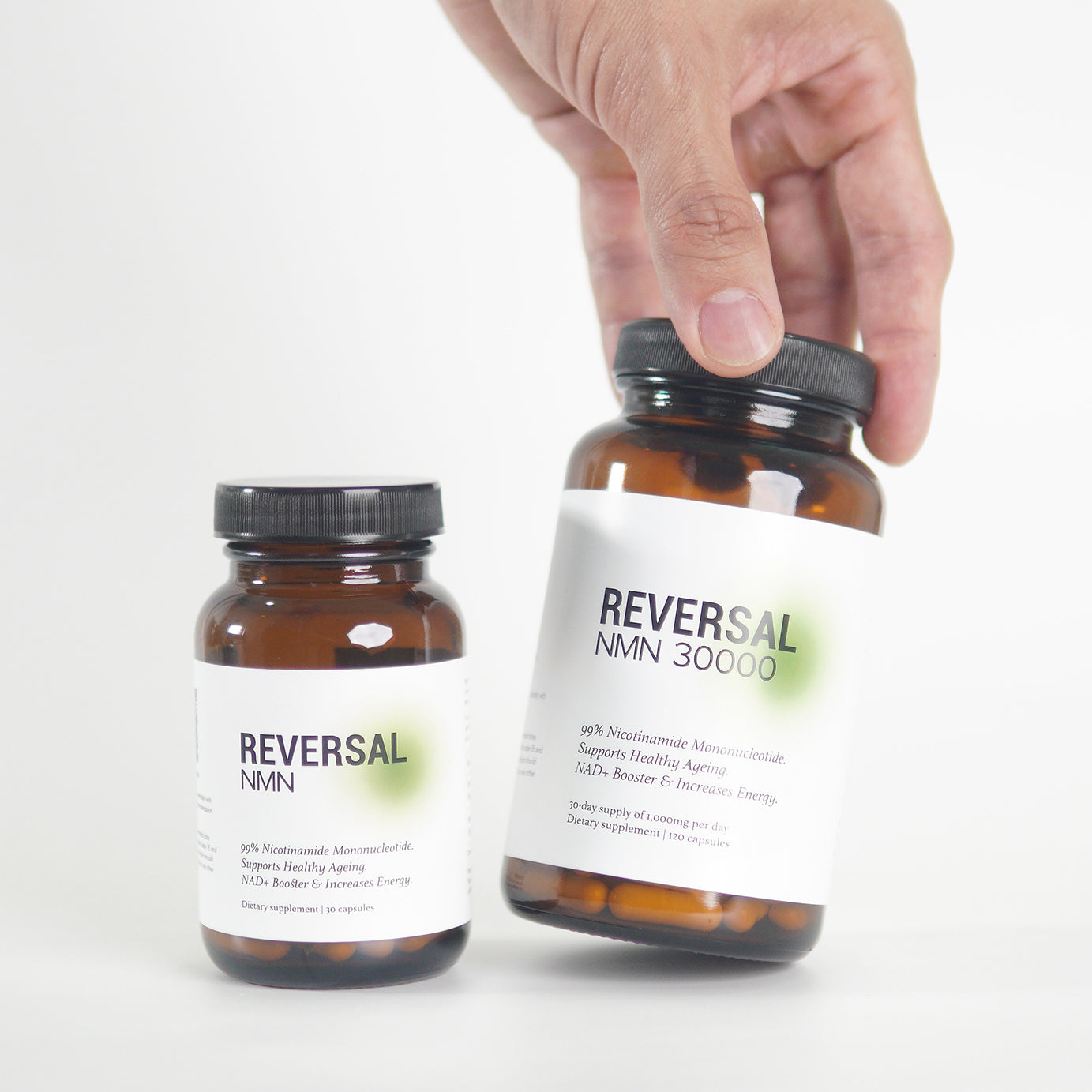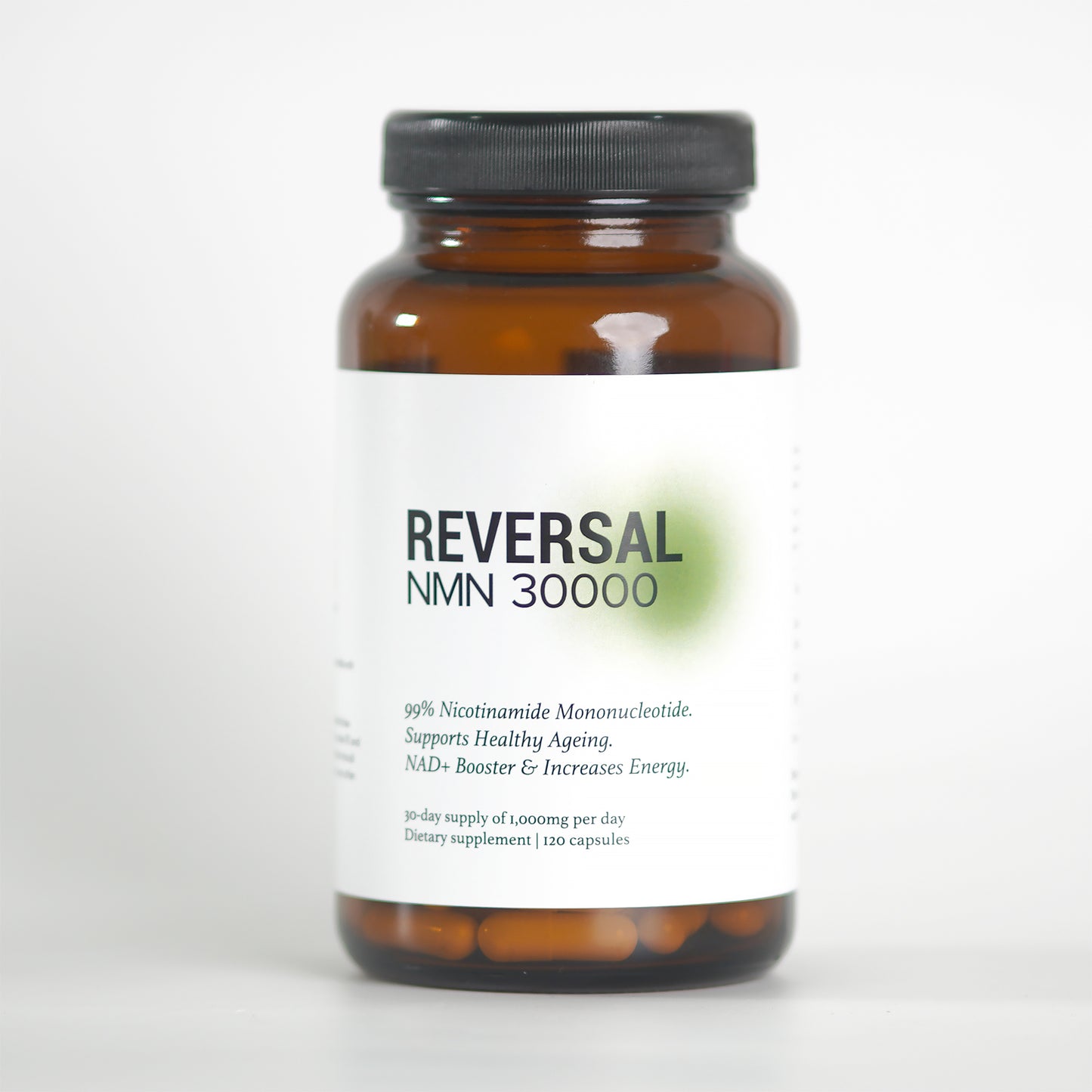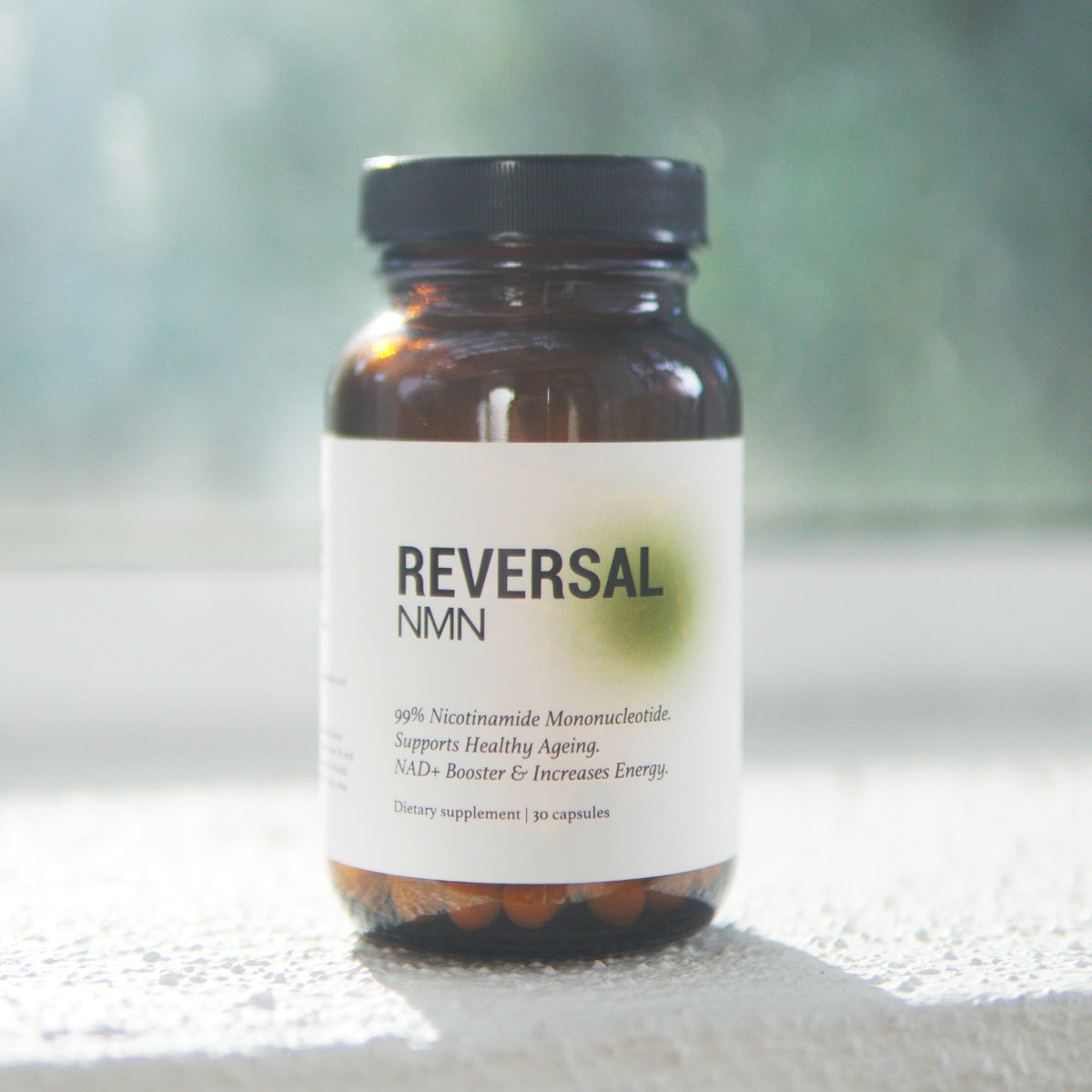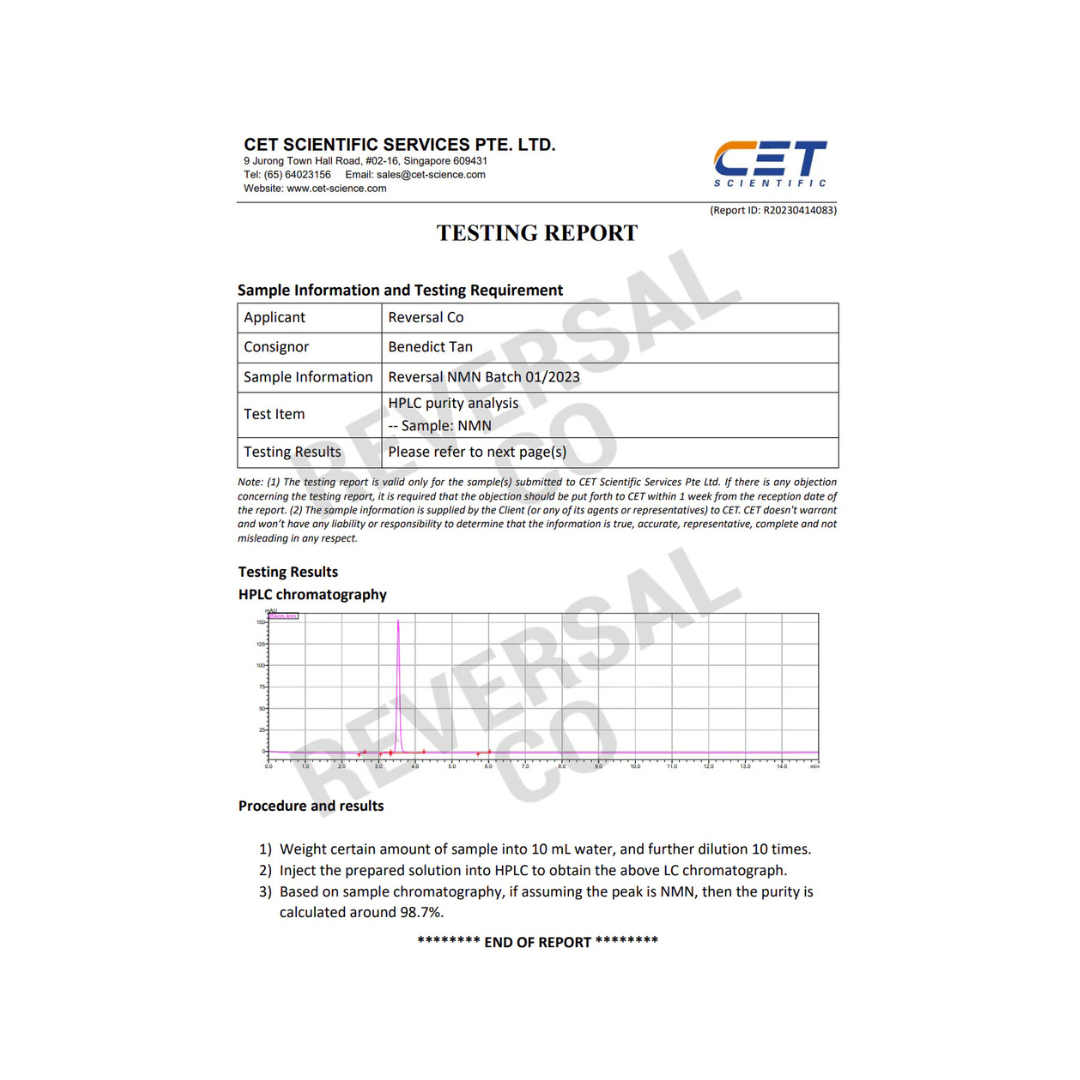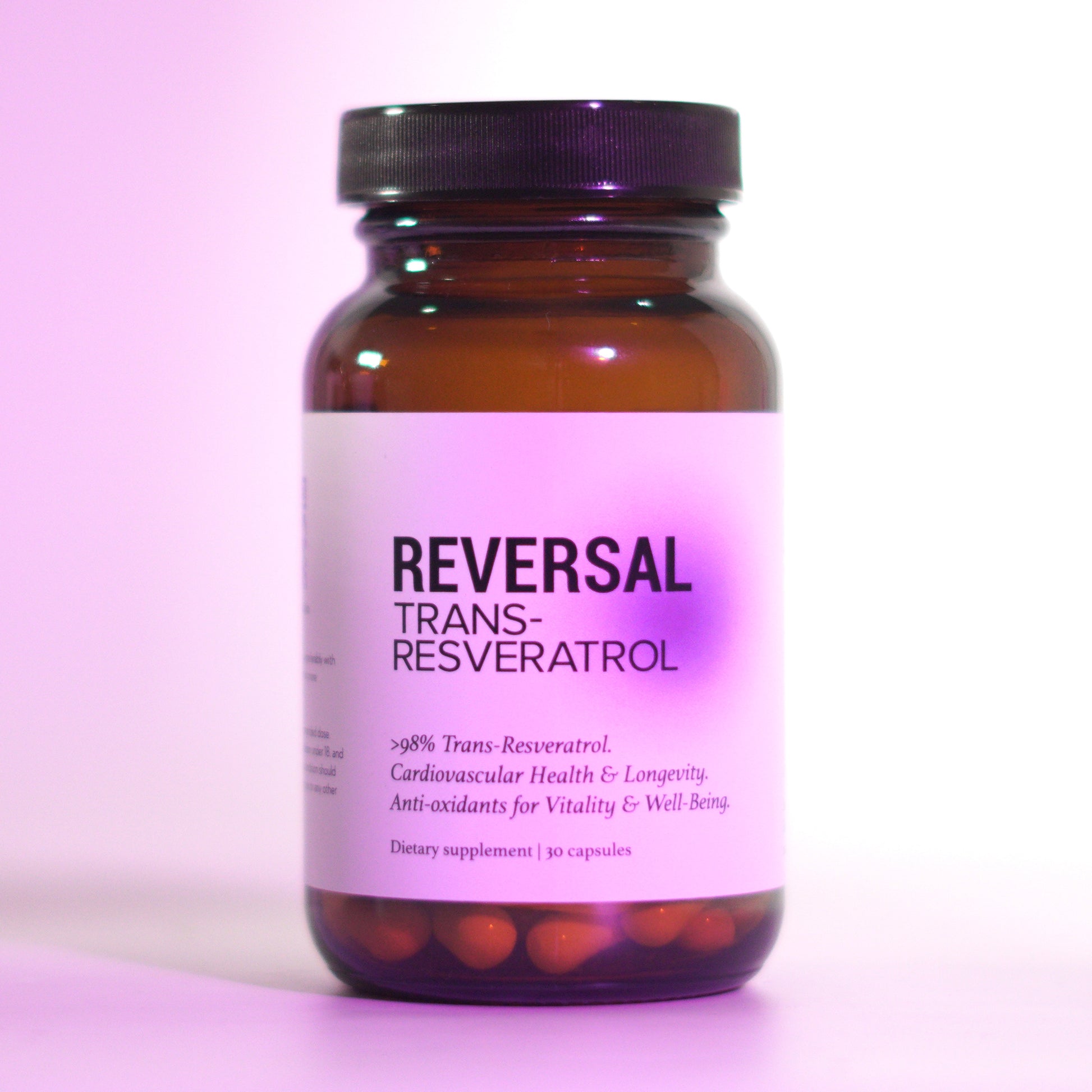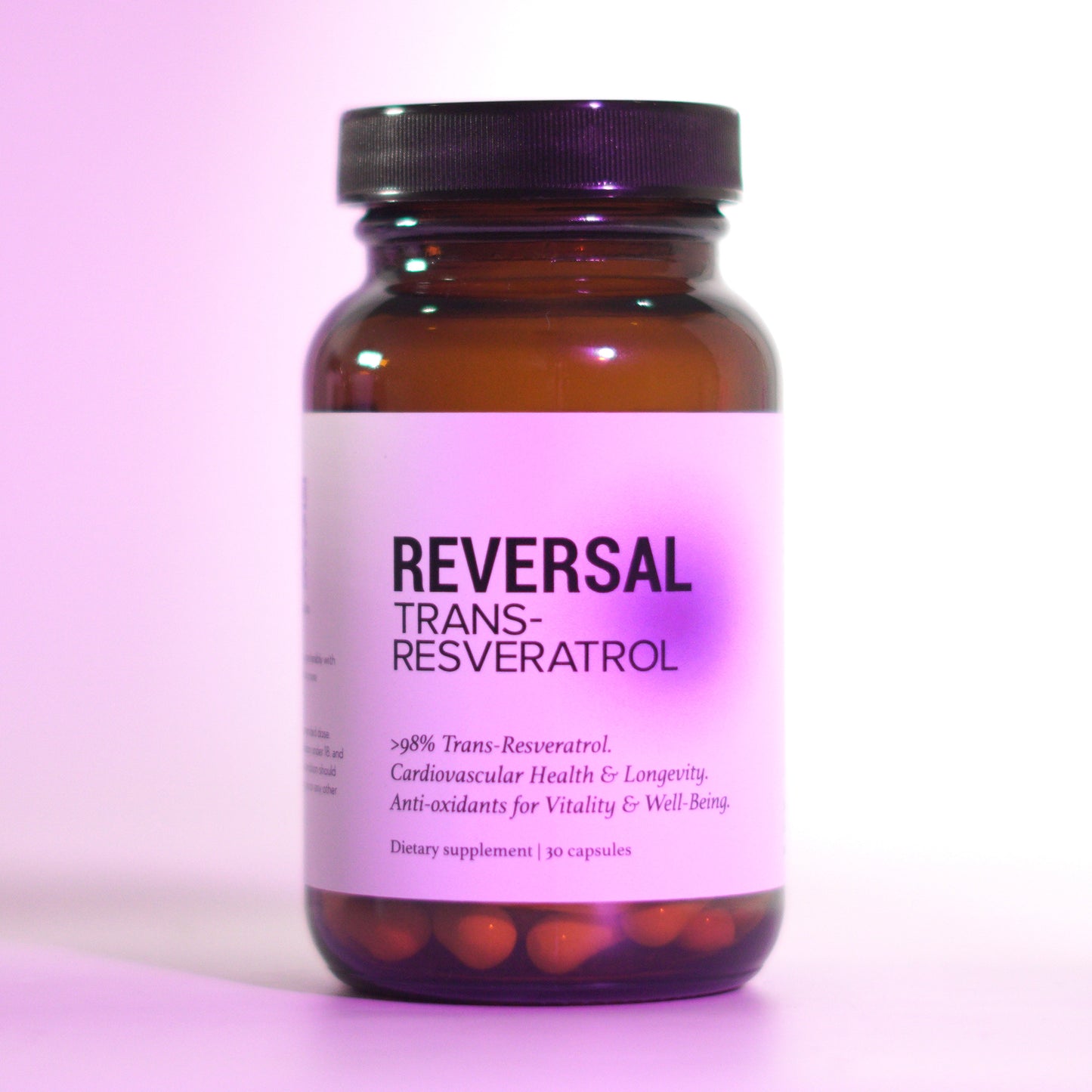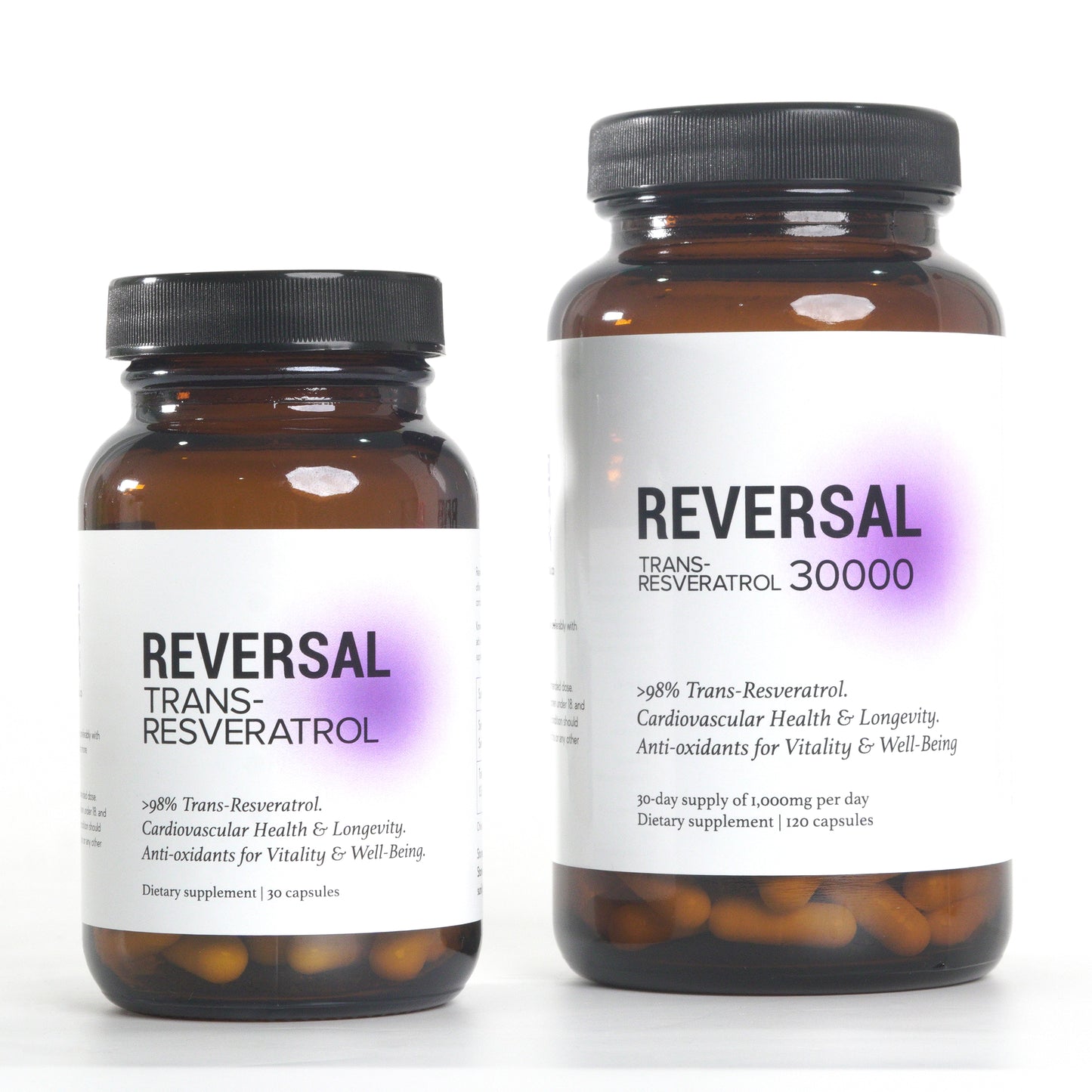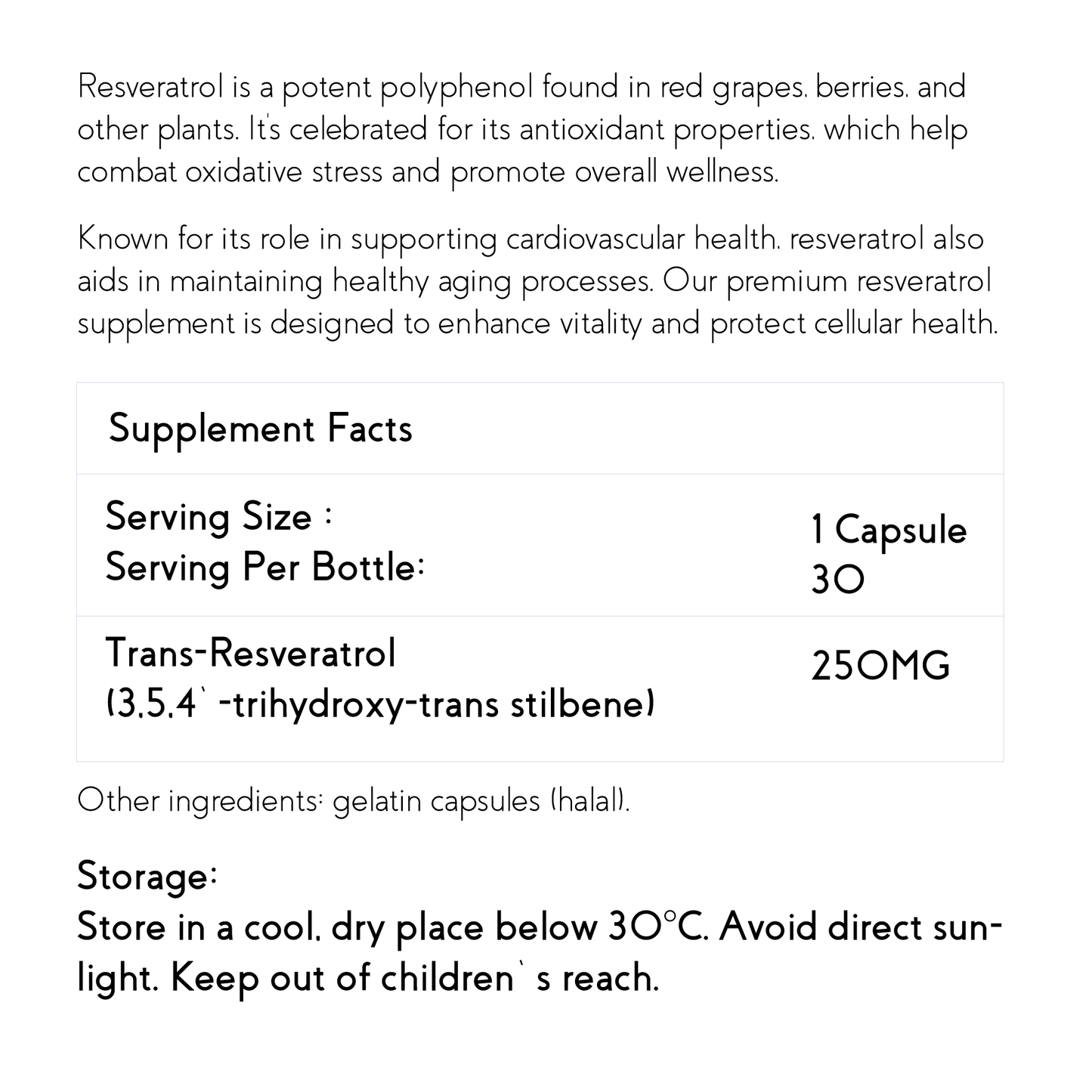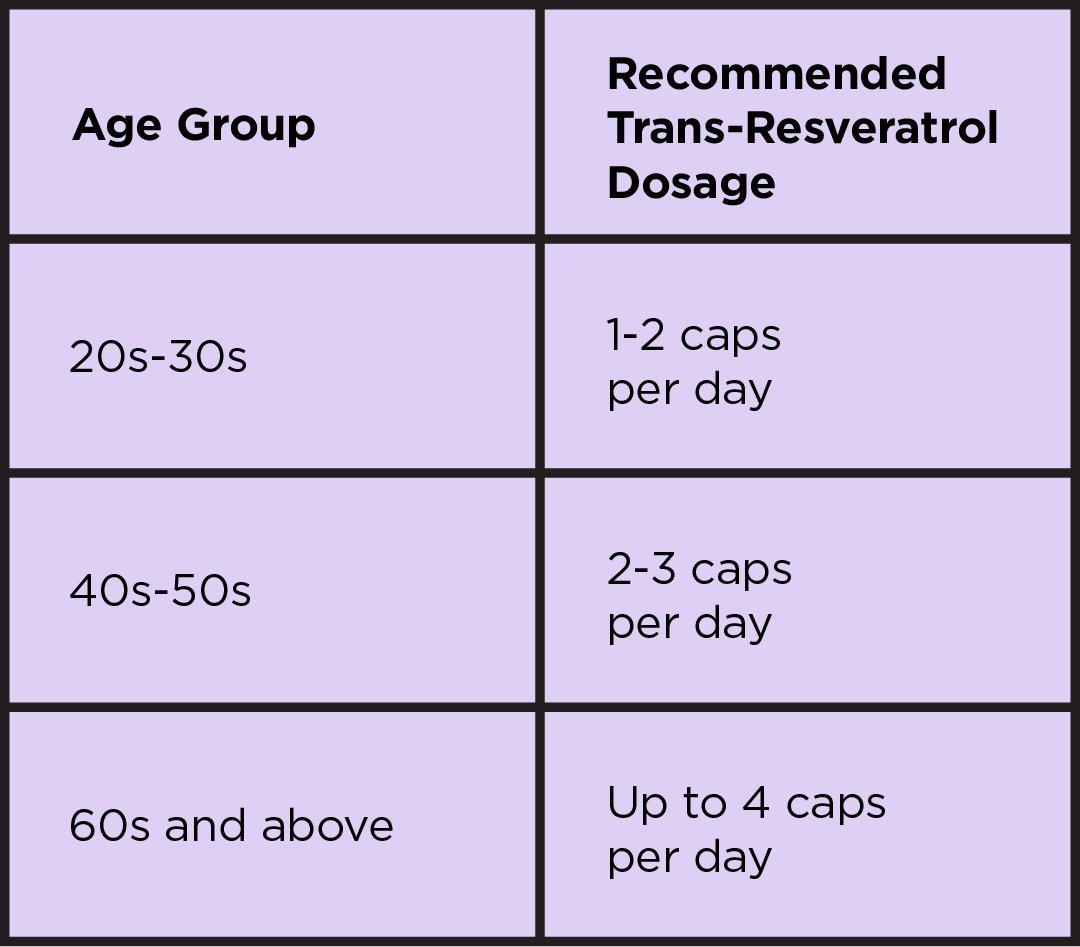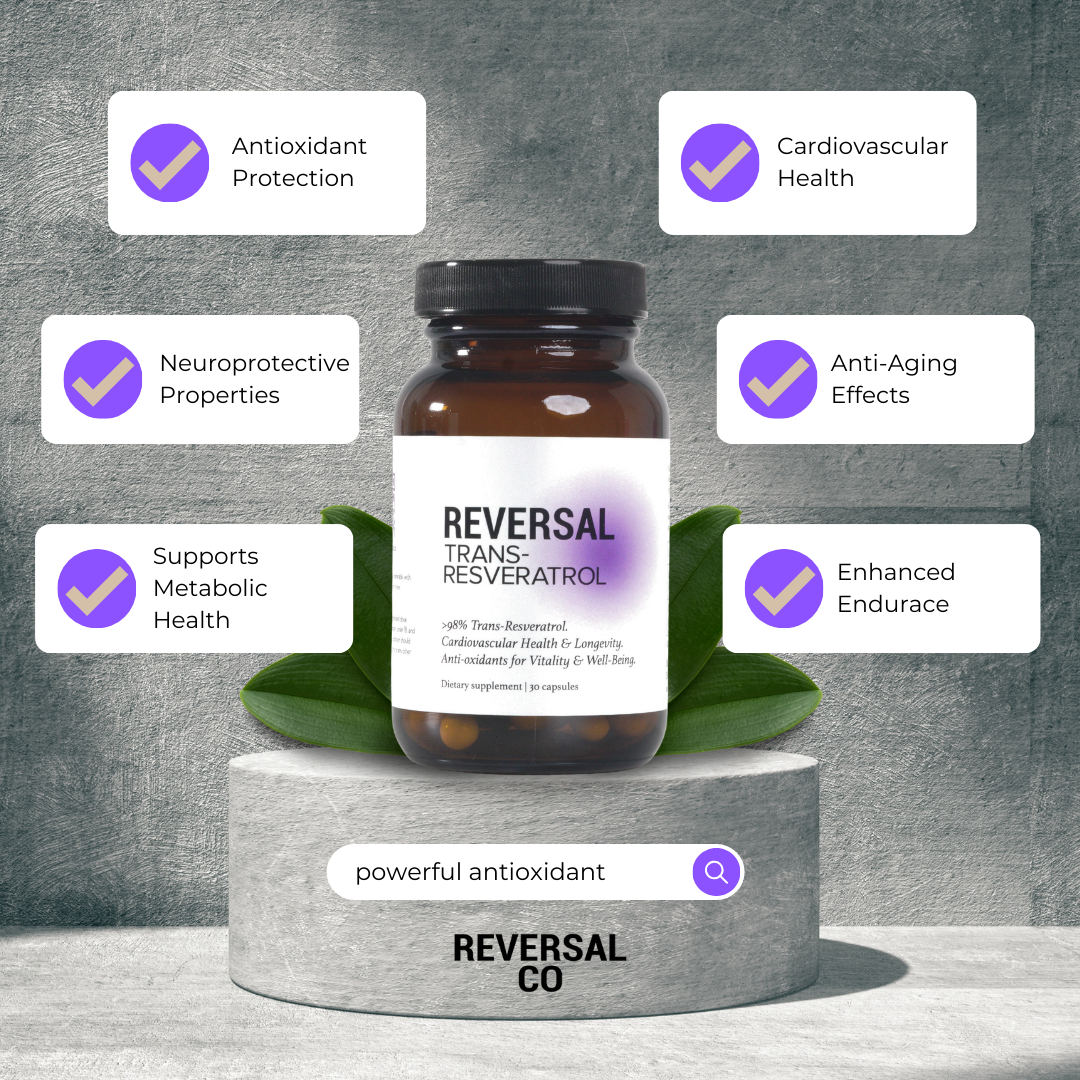β-Nicotinamide mononucleotide (NMN)
Nicotinamide mononucleotide (NMN) is a compound with powerful anti-aging properties. It has promising applications in nutrition, health food, and medicine.
Synthesis of NMN inside the body
In a recent study, researchers designed and constructed three pathways for synthesizing NMN inside the body using different raw materials like glucose, xylose, and arabinose. They used Escherichia coli as the host for these pathways. The goal was to identify the most efficient pathway for NMN synthesis. Through optimizing cell culture and catalytic conditions, the researchers achieved an NMN titer of 1.8 mM.
NMN as a precursor of NAD+
NMN is a precursor of NAD+, an important coenzyme involved in biological metabolism. It helps maintain cellular levels of NAD+ by inhibiting NAD+-consuming enzymes. This compound has shown promising benefits in promoting nerve regeneration, improving cognition, and treating age-related degenerative diseases.
Biological methods for NMN production
While chemical synthesis methods for NMN have limitations, biological methods like fermentation and enzyme catalysis are desired. In the study, the researchers enhanced the PRPP biosynthesis pathway to synthesize NMN. They also proposed a multi-enzyme cascade catalysis method for NMN production. However, the availability of PRPP, a key co-substrate, remains a limiting factor.
Comparison of different pathways
To determine the optimal route for NMN synthesis, the researchers compared the efficiency of different pathways using E. coli. They optimized various factors such as induced cell concentration, culture temperature, and reaction conditions to enhance NMN production. Ultimately, the glucose-based GP pathway showed the highest NMN production efficiency.
Benefits of NMN supplementation
Supplementation of NMN has been shown to increase NAD+ content in the body, improving bodily functions and slowing down aging. It can alleviate cerebral microvascular dysfunction, brain damage after cerebral hemorrhage, mitochondrial energy reduction, oxidative stress, DNA damage, and inflammation.
Key findings and supplementary material
The study highlights the importance of PRPP accumulation in NMN synthesis. Additionally, they found that knocking out certain genes and mutating specific enzymes can improve NMN production. The selection of transfer proteins is also crucial for efficient NMN production.
The provided supplementary material, titled "RA-013-D3RA03857B-s001," can be accessed via the provided link. It is in PDF format and has a file size of 363K. This supplementary material provides further details and data on the research.
Conclusion
Overall, this study demonstrates the potential of biological methods for NMN production and provides insights into optimizing NMN synthesis pathways to enhance its anti-aging benefits. Further research in this field will contribute to the development of new therapies and interventions for various age-related conditions.
Title of paper: Synthesis of NMN by cascade catalysis of intracellular multiple enzymes
Author(s): Hua W, Jiang N, Wu Y, Zhou C, Chen K, Wang X.
Year published: 2023
Published in: RSC Adv
Original article can be found here.


